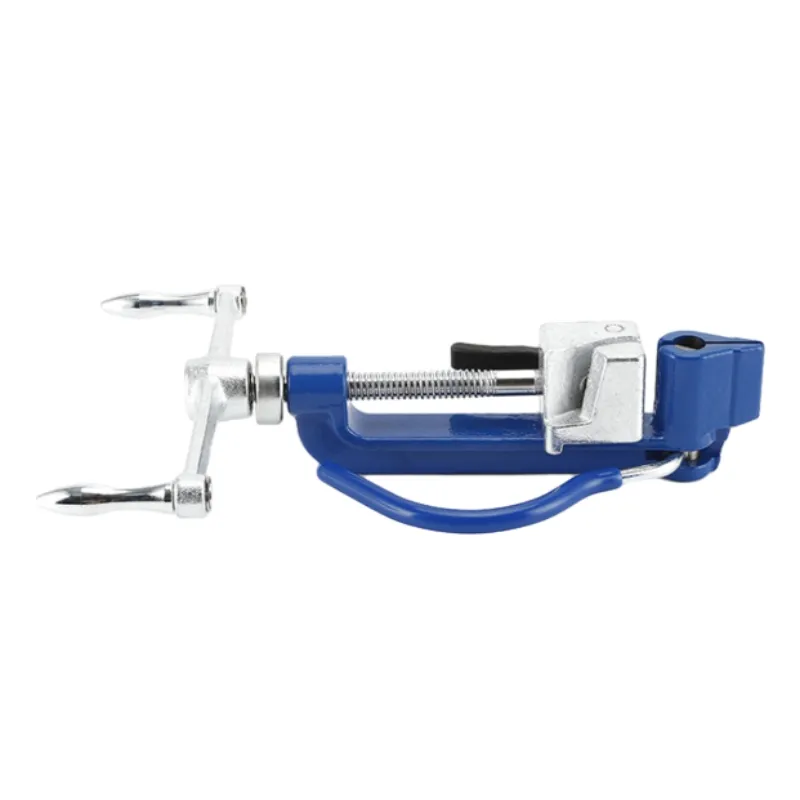
-
 Afrikaans
Afrikaans -
 Albanian
Albanian -
 Amharic
Amharic -
 Arabic
Arabic -
 Armenian
Armenian -
 Azerbaijani
Azerbaijani -
 Basque
Basque -
 Belarusian
Belarusian -
 Bengali
Bengali -
 Bosnian
Bosnian -
 Bulgarian
Bulgarian -
 Catalan
Catalan -
 Cebuano
Cebuano -
 Corsican
Corsican -
 Croatian
Croatian -
 Czech
Czech -
 Danish
Danish -
 Dutch
Dutch -
 English
English -
 Esperanto
Esperanto -
 Estonian
Estonian -
 Finnish
Finnish -
 French
French -
 Frisian
Frisian -
 Galician
Galician -
 Georgian
Georgian -
 German
German -
 Greek
Greek -
 Gujarati
Gujarati -
 Haitian Creole
Haitian Creole -
 hausa
hausa -
 hawaiian
hawaiian -
 Hebrew
Hebrew -
 Hindi
Hindi -
 Miao
Miao -
 Hungarian
Hungarian -
 Icelandic
Icelandic -
 igbo
igbo -
 Indonesian
Indonesian -
 irish
irish -
 Italian
Italian -
 Japanese
Japanese -
 Javanese
Javanese -
 Kannada
Kannada -
 kazakh
kazakh -
 Khmer
Khmer -
 Rwandese
Rwandese -
 Korean
Korean -
 Kurdish
Kurdish -
 Kyrgyz
Kyrgyz -
 Lao
Lao -
 Latin
Latin -
 Latvian
Latvian -
 Lithuanian
Lithuanian -
 Luxembourgish
Luxembourgish -
 Macedonian
Macedonian -
 Malgashi
Malgashi -
 Malay
Malay -
 Malayalam
Malayalam -
 Maltese
Maltese -
 Maori
Maori -
 Marathi
Marathi -
 Mongolian
Mongolian -
 Myanmar
Myanmar -
 Nepali
Nepali -
 Norwegian
Norwegian -
 Norwegian
Norwegian -
 Occitan
Occitan -
 Pashto
Pashto -
 Persian
Persian -
 Polish
Polish -
 Portuguese
Portuguese -
 Punjabi
Punjabi -
 Romanian
Romanian -
 Russian
Russian -
 Samoan
Samoan -
 Scottish Gaelic
Scottish Gaelic -
 Serbian
Serbian -
 Sesotho
Sesotho -
 Shona
Shona -
 Sindhi
Sindhi -
 Sinhala
Sinhala -
 Slovak
Slovak -
 Slovenian
Slovenian -
 Somali
Somali -
 Spanish
Spanish -
 Sundanese
Sundanese -
 Swahili
Swahili -
 Swedish
Swedish -
 Tagalog
Tagalog -
 Tajik
Tajik -
 Tamil
Tamil -
 Tatar
Tatar -
 Telugu
Telugu -
 Thai
Thai -
 Turkish
Turkish -
 Turkmen
Turkmen -
 Ukrainian
Ukrainian -
 Urdu
Urdu -
 Uighur
Uighur -
 Uzbek
Uzbek -
 Vietnamese
Vietnamese -
 Welsh
Welsh -
 Bantu
Bantu -
 Yiddish
Yiddish -
 Yoruba
Yoruba -
 Zulu
Zulu


Nov . 02, 2024 19:41 Back to list
lever hoist price
Understanding Lever Hoist Prices What Affects Cost and Value
Lever hoists, also known as lever block hoists or manual chain hoists, are essential tools used in various industries for lifting and pulling heavy loads. Their reliability and ease of use make them indispensable for construction sites, warehouses, and even home projects. However, as with any tool, the price of lever hoists can vary significantly based on several factors. Understanding what influences these prices can help buyers make informed decisions.
Key Factors Influencing Lever Hoist Prices
1. Capacity and Design Lever hoists come in different capacities, typically ranging from 0.5 tons to 9 tons or more. Higher capacity hoists generally cost more due to the materials and engineering required to ensure safety and durability. The design of the hoist, including its portability and size, can also impact the price. More compact or lightweight designs may come at a premium, especially if they are marketed for professional use.
Understanding Lever Hoist Prices What Affects Cost and Value
3. Material Quality The materials used in the construction of the lever hoist significantly affect its price. Hoists made from high-grade steel or aluminum tend to be more expensive than those constructed from lesser-quality materials. Investing in a hoist made from robust materials can ensure longer life and increased safety, ultimately saving costs in replacement and repairs over time.
lever hoist price

4. Safety Features Safety is paramount in any lifting operation, and lever hoists with enhanced safety features such as overload protection, automatic load brakes, and robust locking mechanisms typically come at a higher price point. While these features may increase the initial cost, they can prevent accidents and injuries, making them a worthwhile investment in the long run.
5. Accessories and Options Some lever hoists are sold as basic models while others come with additional features or accessories that can significantly increase the price. Power options, attachments, and additional chains or straps are examples of features that may add to the overall cost. Buyers should evaluate whether these extras are necessary for their specific applications.
6. Market Trends and Economic Factors Like many products, the price of lever hoists can be influenced by market trends and economic factors, including supply chain issues, inflation, and demand fluctuations. It's crucial for buyers to stay informed about these factors, as they can affect the availability and pricing of hoists in the market.
Conclusion
When considering the purchase of a lever hoist, it is essential to understand the factors influencing its price. While it may be tempting to choose the cheapest option available, investing in a quality lever hoist from a reputable brand with the appropriate capacity and safety features will ultimately provide better value and reliability. By considering the specifications, brand reputation, material quality, safety options, and current market conditions, buyers can make informed decisions that will serve their lifting needs for years to come. Choosing the right lever hoist is not just about the price tag; it’s about ensuring safety, efficiency, and durability.
Latest news
duct-rodders-and-conduit-rod-tools
NewsAug.22,2025
ratchet-pullers-and-wire-tightening-tools
NewsAug.22,2025
chain-ratchet-pullers-and-hoist-solutions
NewsAug.22,2025
telescopic-hot-stick-for-electrical-and-high-voltage-use
NewsAug.22,2025
cable-clamp-and-insulated-cable-clamp-systems
NewsAug.22,2025
duct-rodder-conduit-rodder-and-cable-solutions
NewsAug.22,2025








